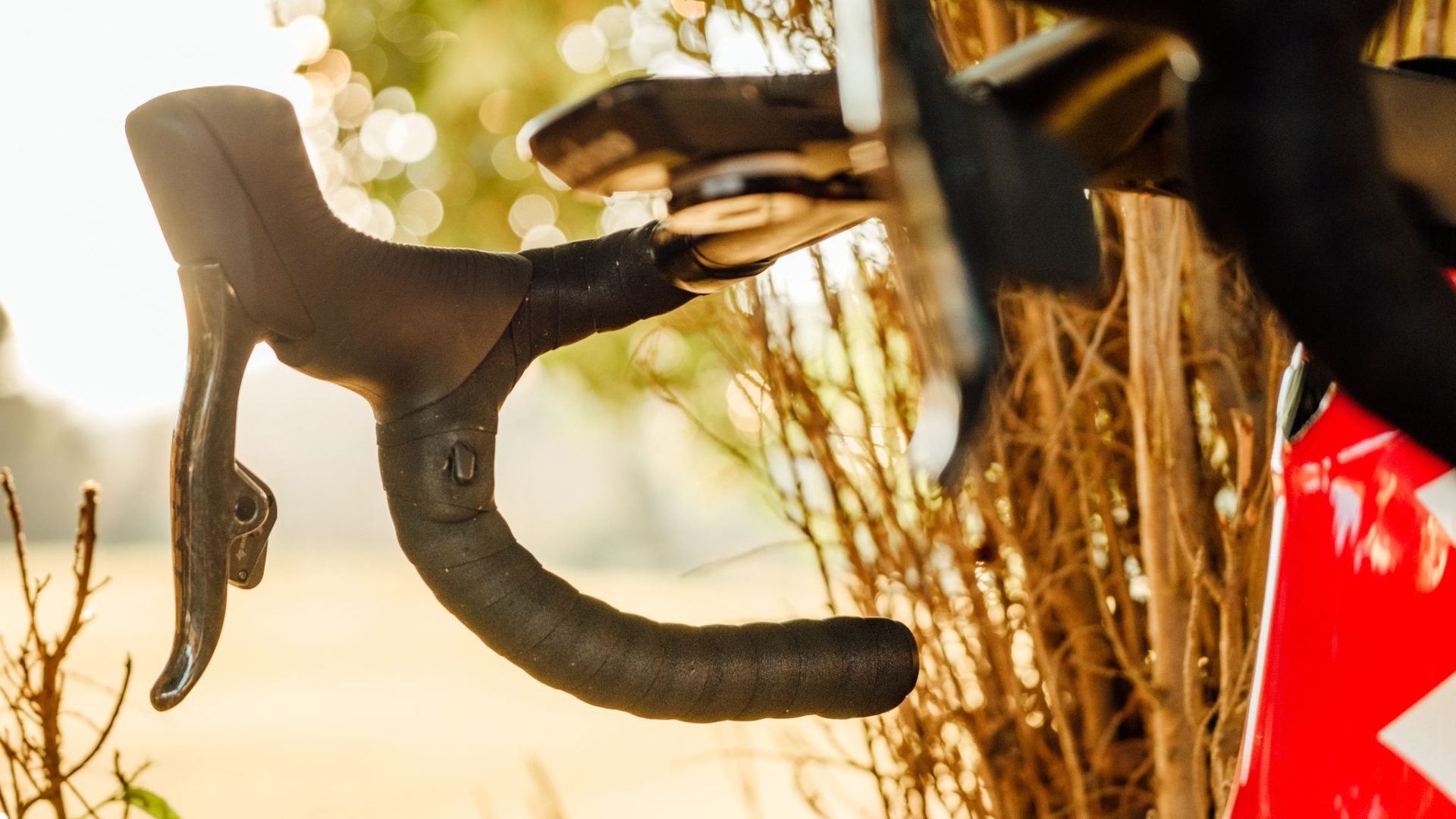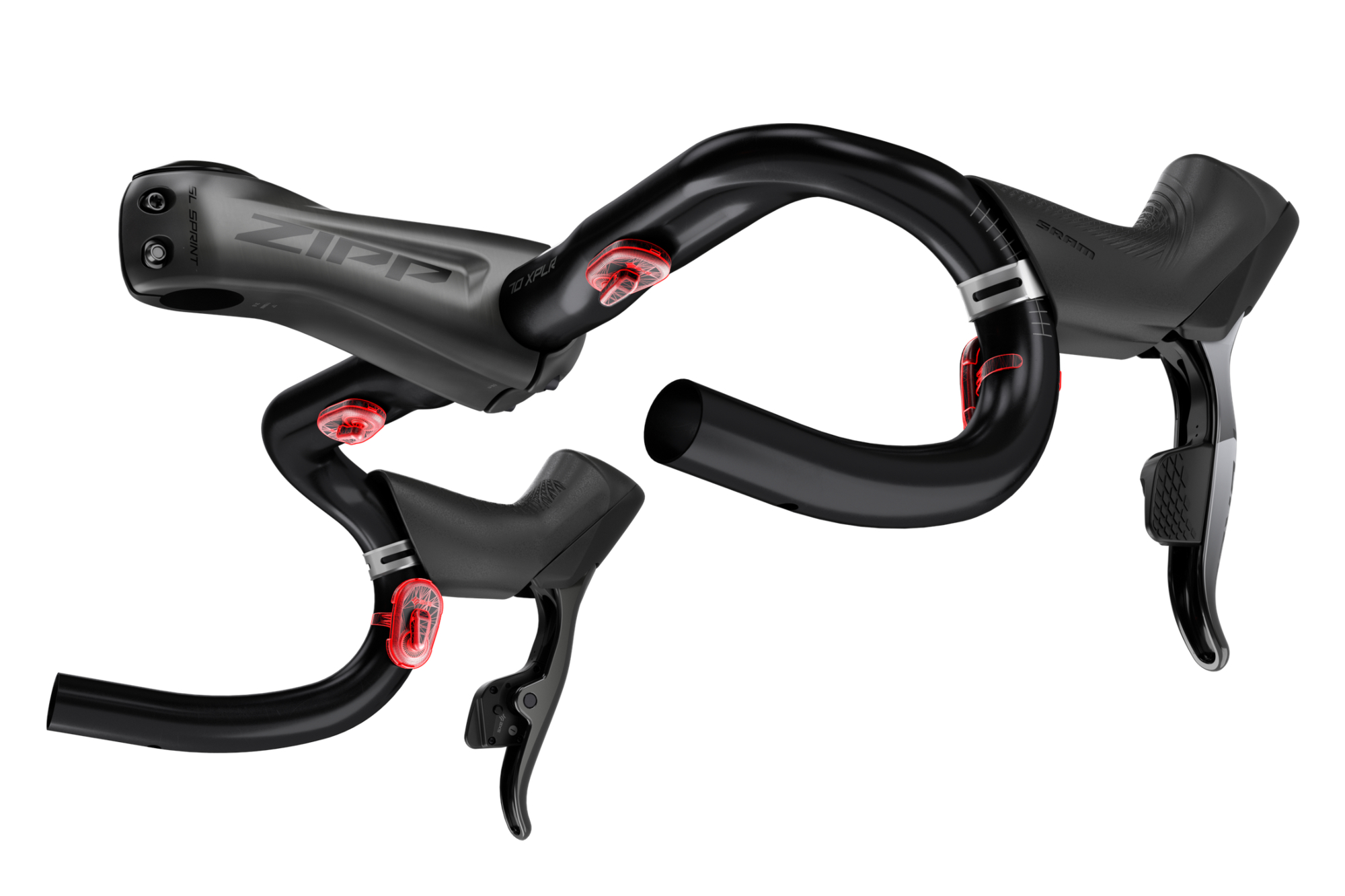New SRAM Wireless Blips brings satellite shifting to Rival tier
A more elegant – and compatible – option for ultra-endurance athletes, sprinters and triathletes


SRAM has just released a wireless version of its ‘Blips’, which are the satellite shifters for its electronic groupsets.
This might strike as a fairly minor update, lacking the ‘pizazz’ of a brand new set of gravel forks or a complete groupset refresh, but it does stand to bring a couple of quite pleasing updates.
First, is the obvious one: no wires. Setting up the shifters is as simple as clipping them on and connecting them up – gone is the need to route wires and unravel bar tape. This might not have been the largest inconvenience in the world, but its obviation opens up some new possibilities.
Now wireless, the idea of attaching Blips for specific events is a lot more palatable. You might not want satellite shifters either side of your stem day to day, getting in the way of lights or bar bags. But on a cycling holiday to the mountains (remember those?), it would be nice to easily swap in the ability to shift from the tops.

Similarly, should you have a long distance epic planned and want to reap the increased comfort and efficiency of a set of aerobars. Or want to have the option of shifting from the drops in a race, but not wanting the extra clutter day to day.
At $100 / €100 / £90 for a pair, they’re unlikely to be one of the first upgrades anyone makes. But for those looking for complete optimisation, they do come in less than certain brands of chain lube.
One other notable consequence of ditching the wires means that SRAM’s third tier groupset, Rival, is now compatible with satellite shifters. Previously, the shifter/brake units didn’t have the necessary ports for wiring in the previous generation of blips. Now, that’s not an issue and it opens up a range of different riding and application of SRAM’s cheapest 12-speed dropbar groupset.
However, to make the Wireless Blips as small as possible, while also meeting IPX7 waterproof standards, they have been designed with a non-replaceable coin cell battery. Once the charge runs out you’ll need to recycle the product in line with your local electronics recycling program.
SRAM does guarantee the shifters for two years of use, and claims that they can last from four to over seven years, pending how many times you press that button.

Thank you for reading 20 articles this month* Join now for unlimited access
Enjoy your first month for just £1 / $1 / €1
*Read 5 free articles per month without a subscription

Join now for unlimited access
Try first month for just £1 / $1 / €1
Get The Leadout Newsletter
The latest race content, interviews, features, reviews and expert buying guides, direct to your inbox!

After winning the 2019 National Single-Speed Cross-Country Mountain Biking Championships and claiming the plushie unicorn (true story), Stefan swapped the flat-bars for drop-bars and has never looked back.
Since then, he’s earnt his 2ⁿᵈ cat racing licence in his first season racing as a third, completed the South Downs Double in under 20 hours and Everested in under 12.
But his favourite rides are multiday bikepacking trips, with all the huge amount of cycling tech and long days spent exploring new roads and trails - as well as histories and cultures. Most recently, he’s spent two weeks riding from Budapest into the mountains of Slovakia.
Height: 177cm
Weight: 67–69kg
-
 Aero bikes with gravel wheels?: Six tech insights from Paris-Roubaix Femmes
Aero bikes with gravel wheels?: Six tech insights from Paris-Roubaix FemmesEverything we found out about tyre widths, self-inflating systems, and wheel choices from the cobbled Monument
By Tom Davidson Published
-
 'This race is absolutely disgusting': Peloton reacts to another brutal Paris-Roubaix Femmes
'This race is absolutely disgusting': Peloton reacts to another brutal Paris-Roubaix FemmesNow in its fifth edition, Paris-Roubaix Femmes is still a tough race, even for the best bike riders in the world
By Adam Becket Published